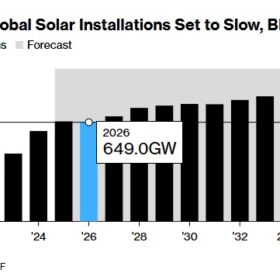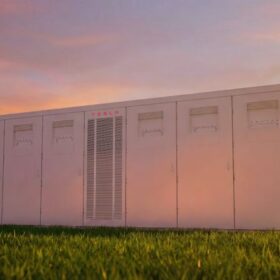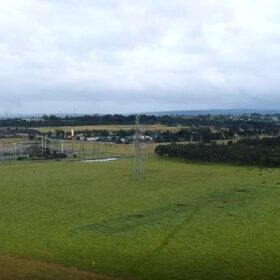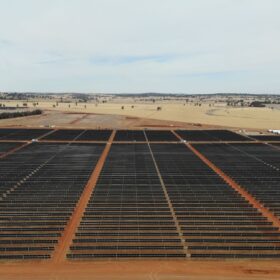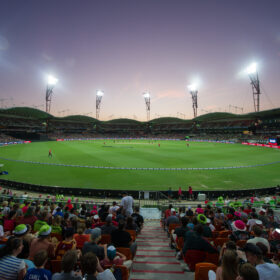WA backs Traditional Owners’ 5 GW green energy parks target
The Western Australia government has committed $2.7 million to support a Traditional Owner group in its bid to develop solar and battery energy storage projects with up to 5 GW of capacity in the state’s Pilbara region.
BNEF flags potential global solar slowdown in 2026 as China cools
BloombergNEF projects a slight year-on-year dip in global solar additions in 2026 as China’s growth eases, even as installations elsewhere continue to rise.
Neoen to tap new Telsa tech for South Australian battery project
Neoen Australia has launched construction of its third big battery in less than 90 days, helping accelerate the nation’s energy transition with 20 GW of utility scale solar, wind, gas, batteries and pumped hydro now either commissioning or under construction across the National Electricity Market.
European Energy lands tick of approval for 1.1 GW solar project
Danish renewables major European Energy has secured development approval for its plans to build the 1.1 GW Upper Calliope Solar Farm near the industrial city of Gladstone in central Queensland.
Flow Power reaches financial close on first standalone battery
Renewables developer and electricity retailer Flow Power has reached financial close on its Bennett’s Creek battery energy storage project being developed in the heart of Victorian coal country.
Potentia pushes energisation button on solar-battery hybrid project
The first solar-battery hybrid facility approved in the National Electricity Market, the $190 million Quorn Park Solar Hybrid project developed by Potentia Energy in New South Wales, has been energised.
Engie lights up Big Bash Leagues stadium with accredited GreenPower
French energy giant Engie will power all four Big Bash League cricket matches at the Engie Stadium, at the Sydney Olympic Park with government accredited GreenPower, starting 20 December 2025.
1 GW transfer capacity unlocked by existing Hunter region network upgrades
Electricity distributor Ausgrid will unlock 1 GW of transfer capacity from the Hunter-Central Coast Renewable Energy Zone by upgrading its existing distribution poles and wires, instead of building of building new ones.
Energy retailers operating in Victoria cop a record $24.5 million in penalties
The Victorian Essential Services Commission has fined energy retailers operating in Victoria a record $24,467,958 for consumer protection breaches, including overcharging.
First Nations groups encouraged to work with utilities to achieve solar on every household
First Nations Point Pearce Aboriginal Community in South Australia has negotiated with AGL Energy to have rooftop solar installed on every residents’ home, in a template First Nations Clean Energy Network encourages other communities to follow.

